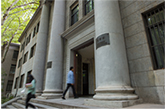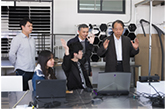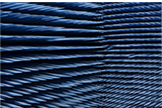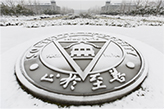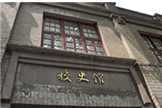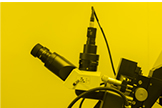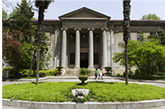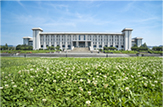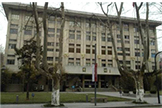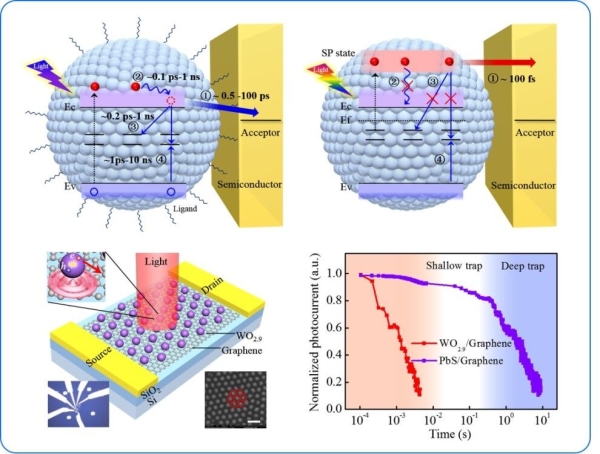
[Southeast University News Network, September 23] (Correspondent: Ni Zhenhua) The research team of Prof. Ni Zhenhua and Prof. Lyu Junpeng from the School of Physics published their research achievement titled “Fast Photoelectric Conversion in the Near-Infrared Enabled by Plasmon-Induced Hot-Electron Transfer” in “Advanced Materials”, the important periodical in the field of materials science.
Infrared detectors have a wide range of applications in the fields of optical communication, imaging, environmental monitoring and military, etc.. The infrared detectors highlighting both fast response and high sensitivity can best guarantee theirapplication expansion. In such applications as photodetection, solar cells and photocatalysis, the charge transfer is a critical part of determining the photoelectric conversion performance. If the transfer speed is not fast enough, the carrier relaxation, constraint, recombination and other competitive processes will lead to energy loss and severely limit the efficiency and speed of photoelectric conversion. How to optimize and realize fast and efficient photoelectric conversion from the carrier dynamics perspective has always been a challenge in this field.
In this work, Prof. Ni Zhenhua and Prof. Lyu Junpeng prepared a near-infrared photodetector of sub-metered tungsten oxide (WO2.9)/graphene composite structure, and systematically studied the transfer process of surface plasmon hot-electrons as stimulated in the tungsten oxide nanostructure. It was found that the thermal electrons can be transferred within 150fs (limited to the instrument resolution) due to higher final density of state and large energy difference between the initial and final states of the system. The ultra-fast hot-electron transfer implies that the processes including carrier relaxation, recombination and deep energy level defect state constraint, etc. can be effectively avoided, which can increase the speed and efficiency of photoelectric conversion. The device's response speed is over 1000 times faster than that of conventional cold electron transfer-based device while maintaining high sensitivity. In addition, the hot-electron transfer can break the bottleneck that the response band of conventional devices is dominated by the semiconductor band gap (the band gap of tungsten oxide: ~ 2.8 eV). Besides, it extends the light detection range to the optical communication band (~1550nm, ~0.8 eV). This study indicates that the transfer of surface plasmon hot-electrons is an important approach to achieve efficient and fast photoelectric conversion.
The first author of this paper is Yu Yuanfang, a Ph.D. student from the School of Physics of Southeast University. Prof. Ni Zhenhua and Prof. Lyu Junpeng are co-correspondents. The study was funded by the National Key Research and Development Program, the National Natural Science Foundation and the Fundamental Research Funds for the Central Universities, etc..
Paper linkage: https://onlinelibrary.wiley.com/doi/pdf/10.1002/adma.201903829
Submitted by: the School of Physics
(Editor-in-charge: Sun Yan, reviewed by: Song Yechun)


